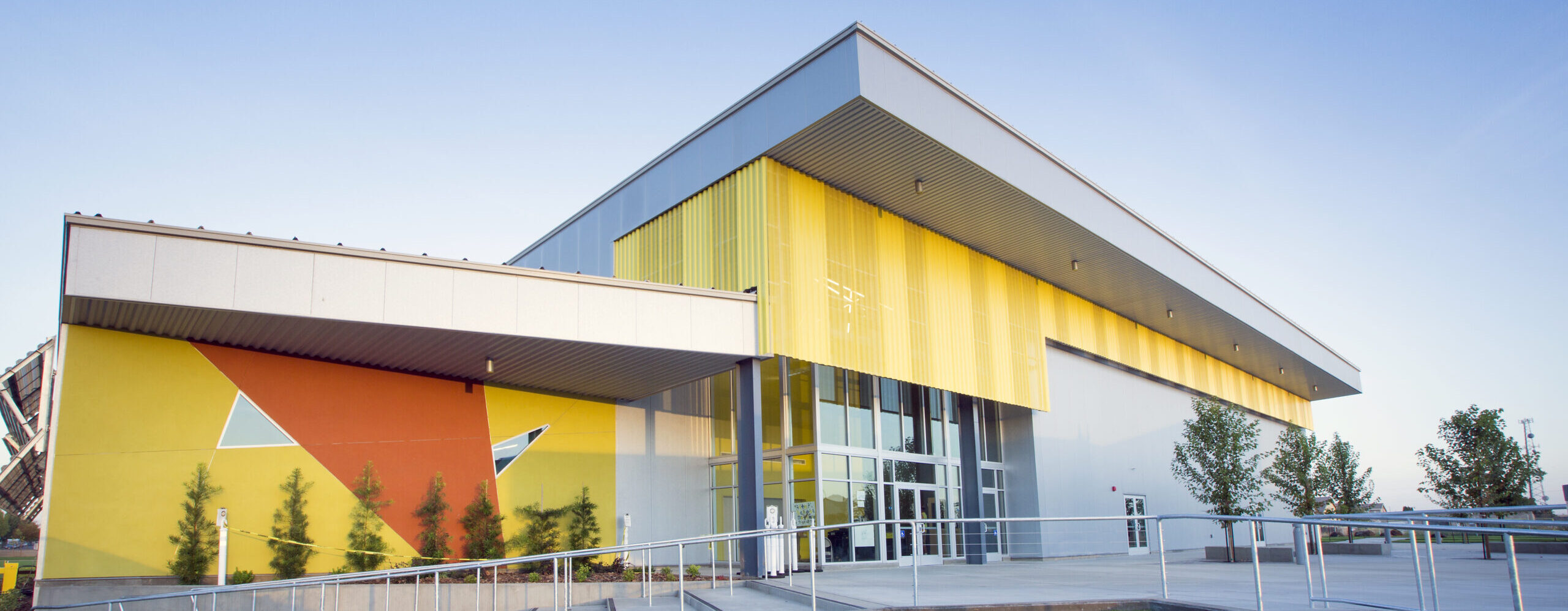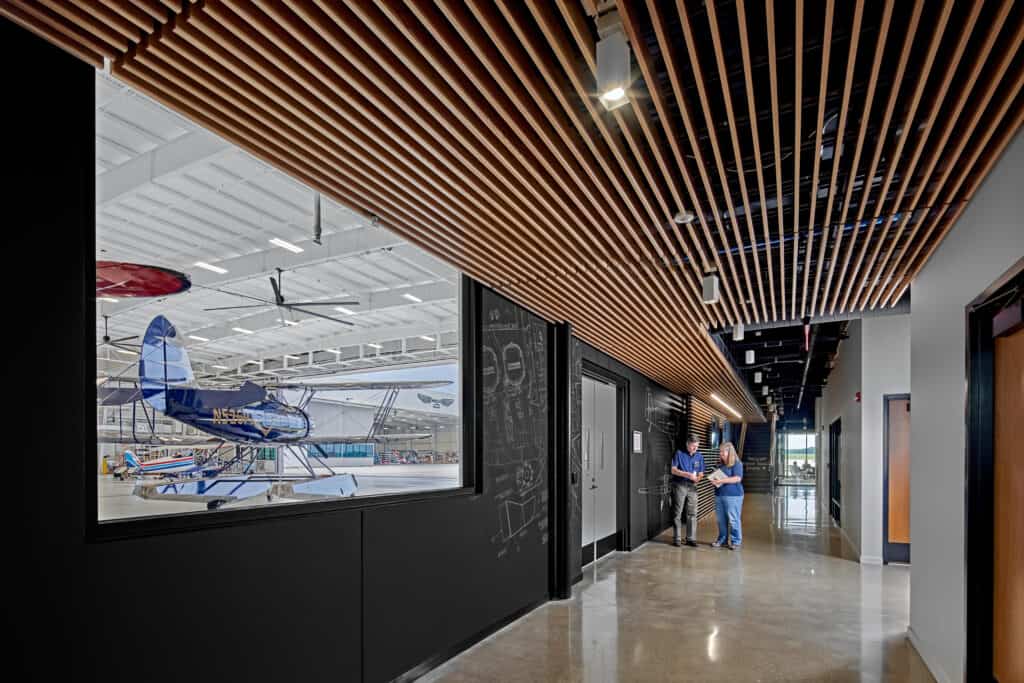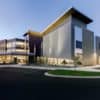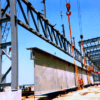Teamwork, smart steel solutions and supply chain insight. Designing and building for energy efficiency and a healthier planet.
Energy efficiency and decarbonization are on everyone’s mind these days. Architects, engineers, builders — we all know the environmental and business reasons why commercial buildings need to become more efficient.
That’s why BBNA and our Collaboration Partner, the American Institute of Architects (AIA), wrote an article detailing the ways the built environment and architects can work together to optimize energy efficiency when designing steel buildings.
This editorial feature talks about how engineered buildings – driven through industry innovation – enhance productivity, adaptability and sustainability within the built environment. And, reiterates how efficient steel solutions lead to long-term benefits, enabled savings, enhanced longevity, and increased sustainability, all attributed to its durability – resulting ultimately in a healthier planet.
Here are 3 take-aways:
- Early collaboration helps designers achieve the same aesthetic and integrity with less product. “Architects can’t reach net-zero on their own,” says Dan Kumm, senior director of business insights at BlueScope Buildings North America. Forming partnerships across industries and areas of expertise can unleash more innovative processes and drive greater efficiency throughout construction and the full life-cycle of a building.
- The potential for steel buildings to be combined with further eco-friendly options, like solar panels and rainwater collection systems, adds to their appeal. Christen Funk, president of Butler Manufacturing, an industry leader and category innovator in pre-engineered metal solutions, says, “Steel exteriors might involve higher upfront costs, but ultimately enable savings, enhanced longevity, and increased sustainability, thanks to durability.”
- Steel is infinitely recyclable, which is great from a sustainability perspective. “To work with steel more sustainably, it’s about putting steel where you need it and not where you don’t,” Kumm explains. “One of the best things you can do for carbon reduction in a new build is to use less materials.”










